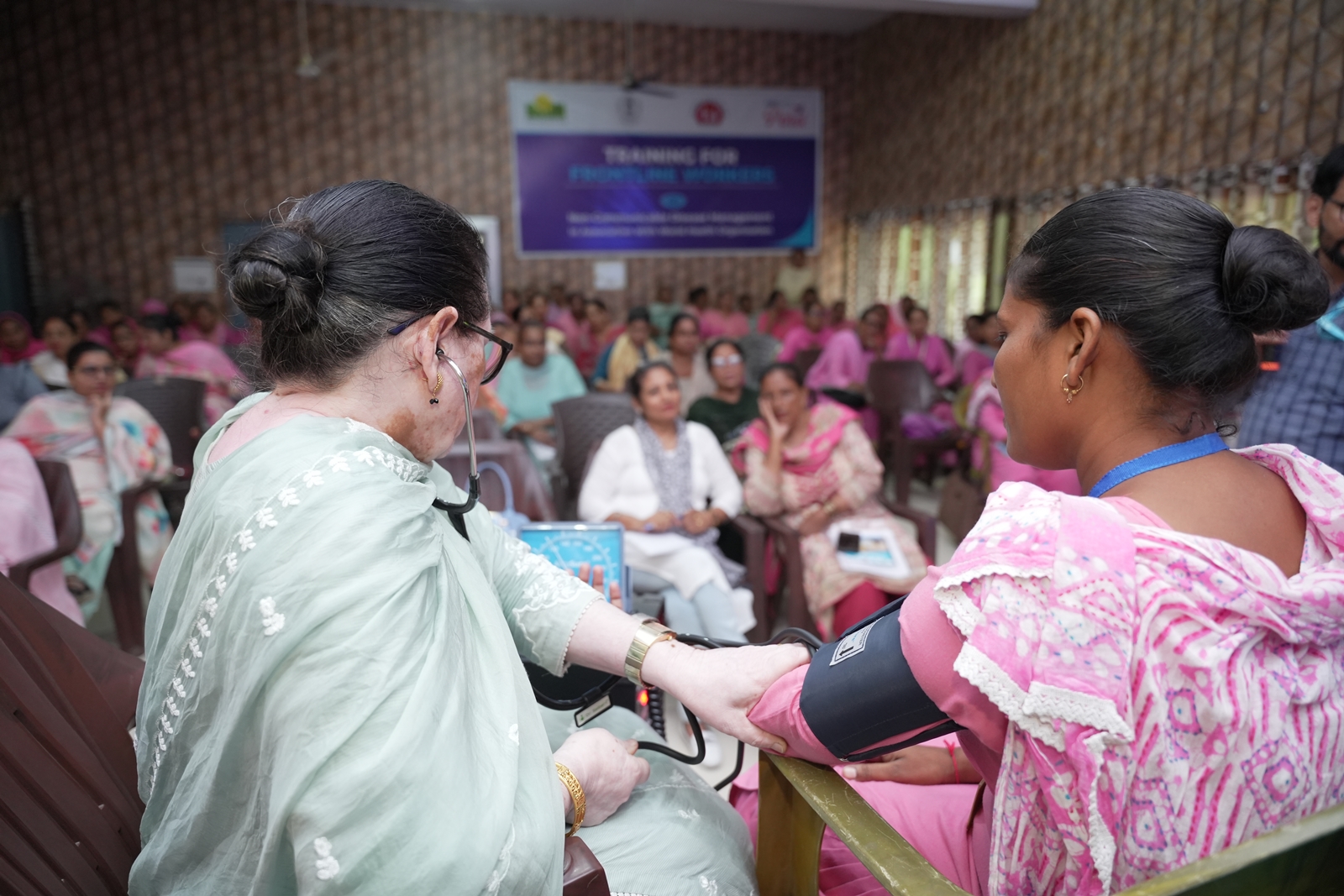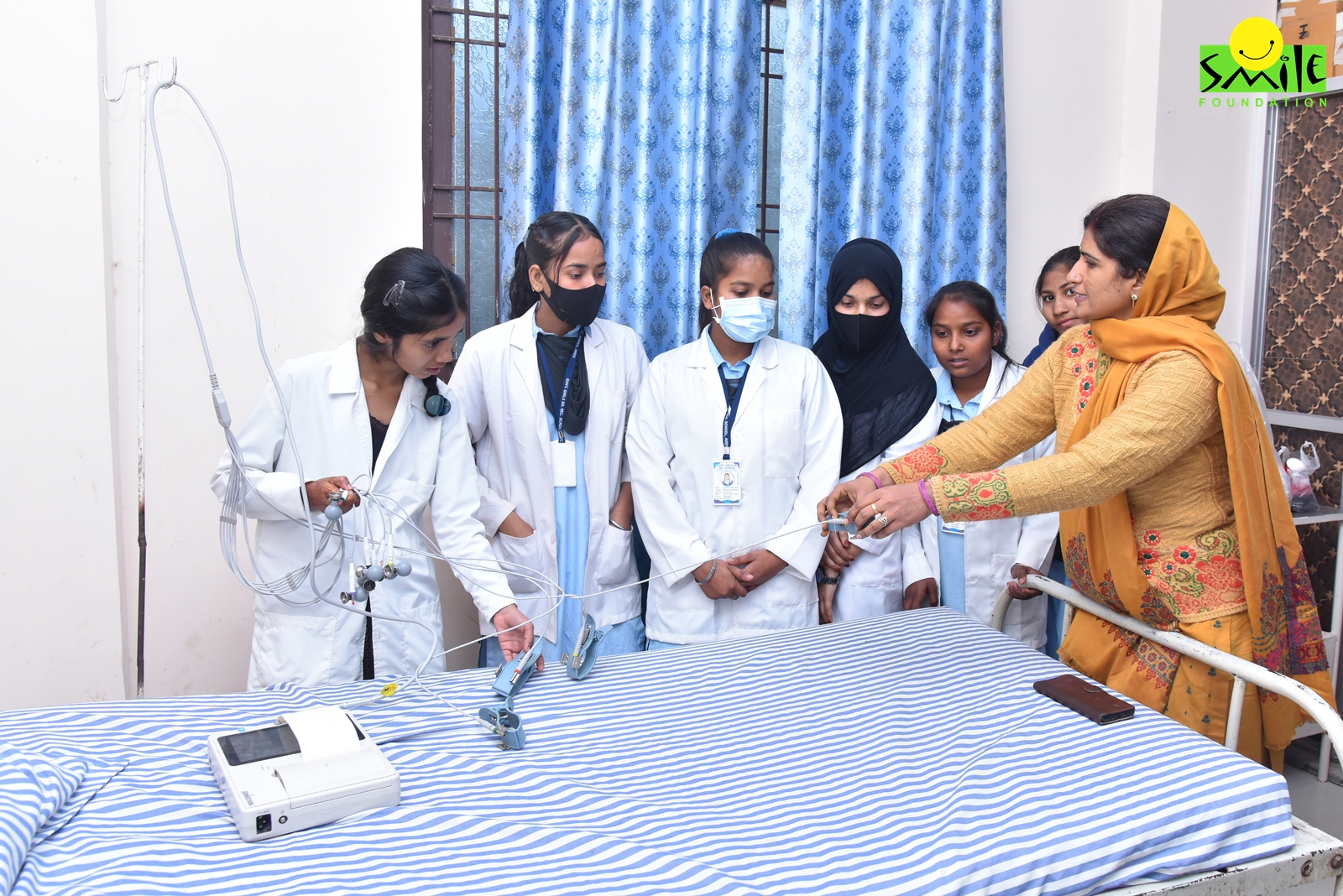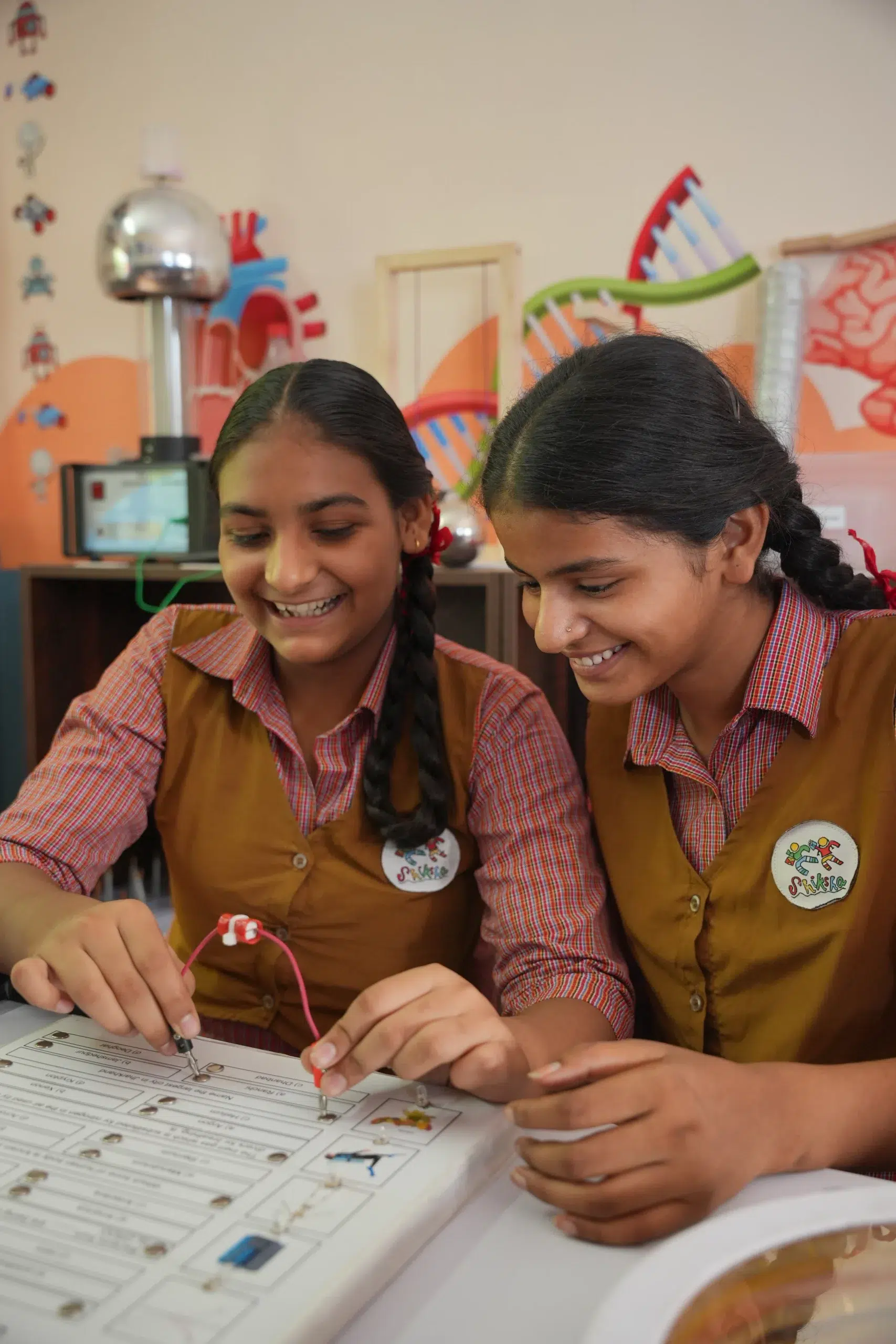Jharkhand – “The Land of Forest”, with its 3.2 million population scattered over 24 districts, is the 14th largest state of the nation. Primarily a rural state, with only 24% of the population living in cities, it is a multilingual state with acculturation of different indigenous people. 27% of the total population comprises of the indigenous tribes; 91% of whom reside in rural Jharkhand concentrated majorly in Gumla, West Singhbhum, and Lohardaga districts. Other than being renowned for its waterfalls, hills and holy places, the state also accounts for 40% of the mineral resources of India. However, 39.1% of the population is below the poverty line, suffer from various health issues. The primary factor of which is the low productivity of agriculture. Poverty results not only in the decline of the standard of living of the masses but also prevents people from accessing even basic rights like nutrition, healthcare, and education.
Although the capital city Ranchi has now become a health resort, with the presence of Ranchi Institute of Neuro-Psychiatry and Allied Sciences, which is regarded as the largest psychiatric hospital in the country, healthcare is still not accessible to the majority of the population of the state.
With most of the population living in remote rural areas, health facilities are not available despite the presence of the health care delivery system by the government, where primary, secondary & tertiary healthcare along with mother and childcare have been established at every level, resulting in a health crisis throughout the state.

The tribal, ethnic groups living in these villages are overblown by a plethora of communicable and non-communicable diseases, malnutrition, infant and maternal mortality and morbidity, etc. About 35 clans of these indigenous groups lack awareness and consciousness among themselves for utilising the healthcare facilities provided to them. Superstition-animism, naturism, taboos are still dominant among them. The ‘Ojhas’ and ‘Baidyas’ are still prevalent in these villages, influencing the people to use supernatural ways or home remedies for their cure diseases and other health-related problems. Poverty, low literacy rate and poor transport facilities become the one more reason for the inaccessibility to proper health care. ‘Hariya’ (a traditional drink made of rotten rice), rice and salt are the most common diets for these people which lacks in the required nutrition required by individuals and this leads to an increase in diseases and malnutrition among both adults and children.
19.6% of children in Jharkhand are malnourished, due to the undernourishment of the mother which results in both maternal and infant mortality. 67% of the children in Singhbum alone are underweight, the highest in the country. 70% of adolescents and pregnant women are anemic due to lack of iron-rich food as well as access to iron and folic acid tablets. Acute malnutrition has given rise to the disease of tuberculosis in Jharkhand. The unhygienic and unhealthy lifestyle of these tribes has made Jharkhand a breeding hub of malaria and dengue mosquitoes. Lack of awareness on family planning and sex education leads to an increase in the birth rate of these tribes resulting in a population explosion and increase in the rate of STDs like HIV.
At a glance, Jharkhand being one of the most resourceful states is under a severe health crisis and the scenario is still hopeless and requires initiatives with much deeper impacts.
In such a scenario, Smile Foundation’s Smile on Wheels has brought much relief regarding health care in the lives of these underprivileged people by providing them the health facilities to cure their primary health needs. The Smile on Wheels currently operating in Jharkhand is reaching over 13 villages , under 3 Panchayats, of Chaibasa Sadar block of West Singbhum district.
All the members in the community are effectively treated and the patients suffering from various illness & diseases are diagnosed. Smile on Wheels also disseminates information related to health issues through awareness sessions to enhance the health seeking behaviour of the community. More than 10,000 people have been benefited so far.











One reply on “Health-care intervention in Jharkhand”
work done by the smile foundation are remarkable. the help that comes from this foundation to the poor people of the state of jharkhand are appreciatable. despite having abundant natural resourses this state are still under developed and this state suffer from malnutrition ,poor health facilities and education.